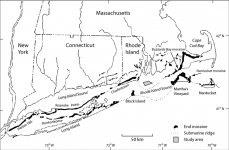This is obviously some kind of worked and seemingly well used tool. But for what?
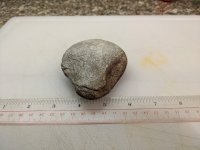
Shallower ground side accommodates three fingers nicely. See third photo.
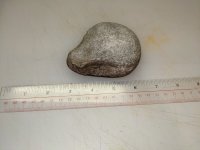
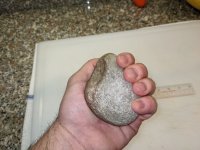
Can be held comfortably with great force like this.
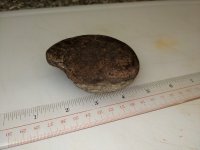
Pinky finger seems to fit into a shallow depression on the back at around the 3.5" mark on ruler.
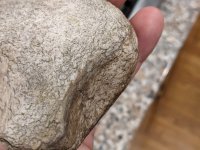
This indentation is quite smooth


Shallower ground side accommodates three fingers nicely. See third photo.


Can be held comfortably with great force like this.

Pinky finger seems to fit into a shallow depression on the back at around the 3.5" mark on ruler.

This indentation is quite smooth




